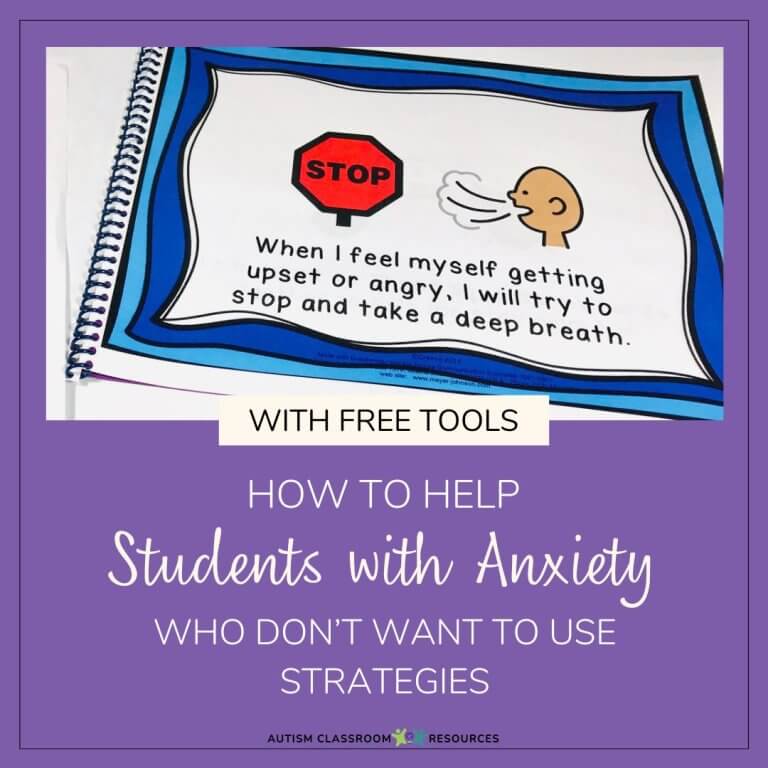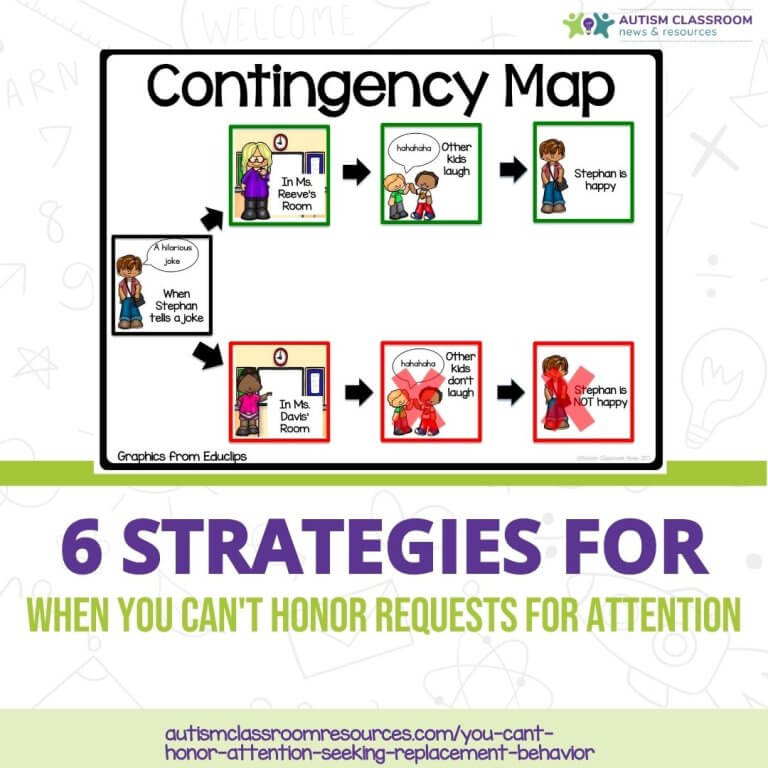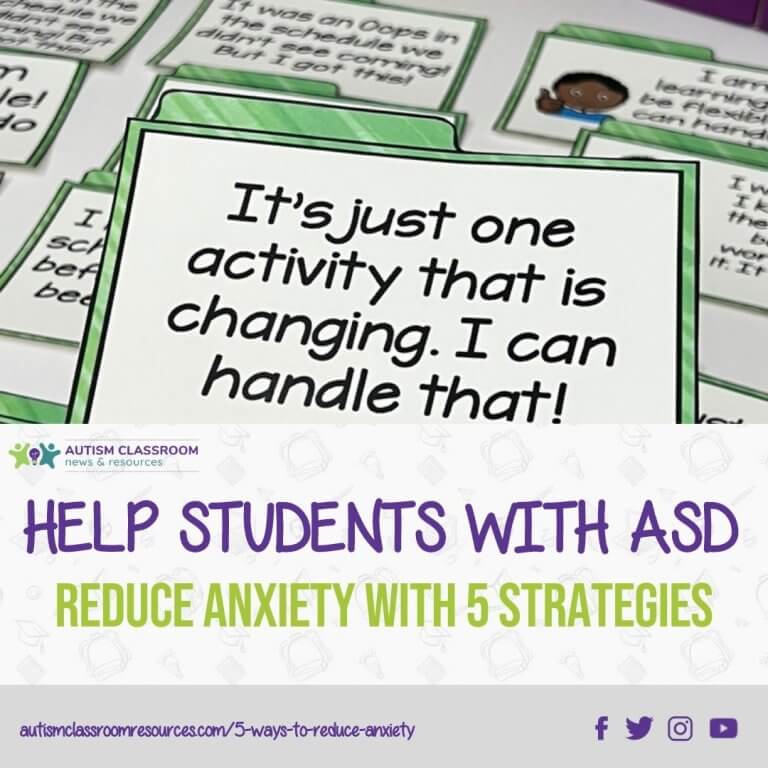Sharing is caring!
Check out previous posts in this series here.
As with most things in teaching, effective classroom management is likely to change dependent upon the makeup of the class. Finding the right behavior management strategies for the classroom you are in may change year by year. Some classes need more consistent structure than others. Some classes need more individualized supports than just classroom support. In some classrooms it’s hard to figure out what classroom management techniques will work.
For some group contingencies a good idea is using a marble jar. A marble jar is a jar in which the teacher (or designated student) drops a marble into a jar for each appropriate behavior observed. When the jar is full, the entire class receives a reward. For some, more individual systems, like punch cards, are needed with different levels of reinforcers for different students (e.g., Sally needs 10 punches and Susie needs 8). Regardless of the system, good behaviorally sound classroom management systems have some elements in common that should be in place regardless of the form of the system. This post will give you effective behavior management strategies for the classroom that you can put into place today!
1. Clear sets of routines and procedures
I talked about this in the last post, but every good classroom management system should include what specific behaviors are reinforced and which ones will be followed by negative consequences. It is important as classroom teachers to teach these and to assure that each one is clearly understood by all the students in the class. Spending the time setting up clear classroom expectations from the start will help you throughout the entire school year. The behavior management strategies for the classroom that you use must be consistently used and align with your classroom rules.
2. Positive reinforcement for appropriate behavior
The more that the classroom management system is based on reinforcement for positive behavior, the more you will see positive behavior. It serves two functions. First, reinforcing positive behaviors increases it, thereby leaving less time for negative behavior. Second, it holds up the positive model to the other students to emulate. An effective way to use group contingencies is by using a marble jar where the whole class earns reinforcers for amassing marbles for positive behavior or individualized systems like token boards or stores.
3. Consistent ability to reach the reinforcers
The behavior management strategies for the classroom that you use will be ineffective for any student who routinely fails to reach the reinforcer. If the student never reaches the reinforcer, then he fails to learn the consequence for positive behavior. Not only will his appropriate behavior not increase (since it wasn’t reinforced) but he also is less likely to buy into the system and may actively thwart it to get a predictable consequence. This means that you will need to be able to differentiate the system for different students with different students earning for different behaviors or needing different numbers of points/tokens to get to the reinforcer so that he will be successful.
4. The ability to recover
Ever had a student who quickly figured out how many more stickers or tokens he needed before he got reinforced. Once he realized he had blown it for the day, his behavior deteriorated further? You want to choose behavior management strategies for the classroom that create a system in which these individual students can still come back for the day or can carry over the points or tokens to the next day so that he has a continuing incentive to try even if he messed up with inappropriate behavior earlier in the day.
5. If students can lose, they should also win
If a student can lose points in the system for disruptive or undesirable behaviors, he or she should also be allowed to gain the loss back. The classroom behavior management strategies for the classroom that you use should be fluid and allow the student to move up and down. If the student only moves down, it is demoralizing and he or she is likely to sabotage the system. If this happens, student’s bad behavior will not change.
Final Thoughts on Behavior Management Strategies For The Classroom
And finally, as a side note, I’m a big fan of praising and reinforcing appropriate behaviors in public but correcting in private at an appropriate time. I am not a great fan of clip charts for behavior strategies because I find that they serve to shame students whose behavior is difficult which then becomes a self-fulfilling prophecy (i.e., I’m the bad kid in class, so I act like the bad kid in class). The kids who struggle with behavior are typically the kids who need the most support and don’t always understand why they are at the bottom of the chart. I also find that a clip chart or behavior chart can be difficult to differentiate with different standards to individualize for each student. I know that clip charts are popular, in part because they are easy and visible. I just find they don’t work well unless the whole class is easily motivated by praise and internal reinforcement.
While internal motivation is what we are going for, it is not typically where we start, whether it is a student with autism, a student with another disability, or a typical student who needs more consistency and structure to maintain appropriate and ideal behavior. Setting up these behavior management strategies for the classroom are a great way to help you and your students have positive and productive days.
And here are some resources for assessing your classroom management strategy and finding the specific strategies you are using.
Classroom Management Rating Scale
Environmental Inventory
Top 17 Classroom Management Strategies
Classroom Management Assessment
Proven Effective Classroom Practices from Florida PBS
Best Practice Classroom Management Checklist
Classroom Positive Behavioral Support Team Consultation Guide (has a ton of information and it has a great plan for planning out a classroom management plan)
So, for those students for whom the classroom management system is not enough, we will talk next time about the importance of finding the function of the behavior to help solve the problem.
Until next time, what behavior management strategies for the classroom do you use?









